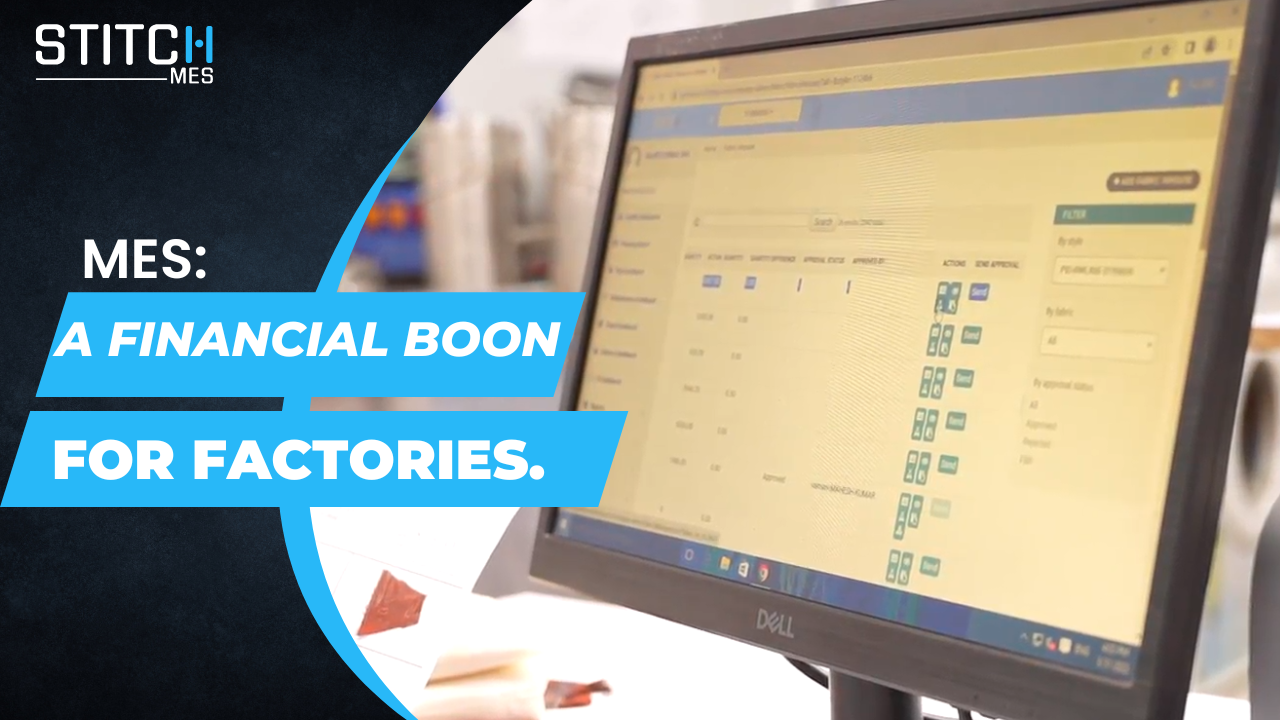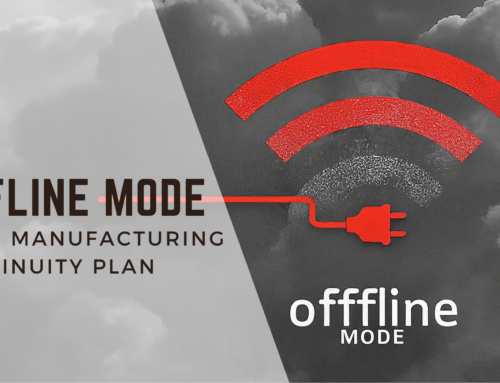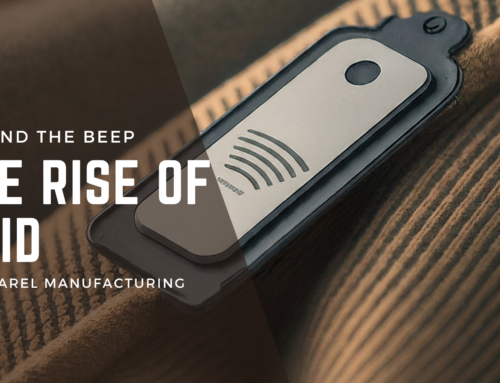MES (Manufacturing Execution System) can provide several financial benefits to a factory. Here is an example to illustrate this:
Let’s consider a factory that manufactures clothing items. Before implementing an MES system, the factory faces several challenges, such as inefficiencies in production processes, high scrap rates, quality issues, and high inventory levels.
After implementing an MES system, the factory can benefit financially in the following ways:
- Increased efficiency: MES provides tools for tracking and optimising production processes, reducing downtime, and improving resource utilisation. This can result in a higher output of finished goods per input unit, reducing production costs and increasing profitability.
- Reduced scrap and rework: MES provides tools for tracking and analysing quality control data, identifying issues, and implementing corrective actions. This can help reduce scrap rates and rework costs, which can significantly impact the factory’s bottom line.
- Improved inventory management: MES provides real-time visibility into inventory levels, allowing for better inventory control and reducing the risk of stockouts or excess inventory. This can lead to reduced inventory holding costs and improved cash flow.
- Reduced labour costs: MES provides tools for tracking and optimising labour utilisation, reducing the need for overtime or temporary workers. This can lead to reduced labour costs and increased profitability.
- Better decision-making: MES provides real-time data and analysis, allowing for better decision-making based on production metrics and trends. This can lead to faster and more informed decisions, reducing the risk of production delays or quality issues and improving profitability.
Overall, the financial benefits of MES to a factory can be substantial, leading to improved profitability, reduced production costs, and increased competitiveness in the market.















Leave A Comment